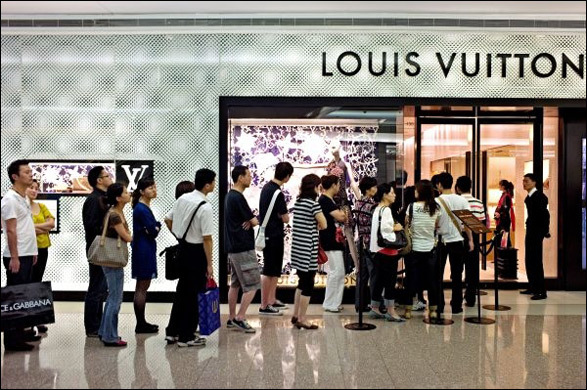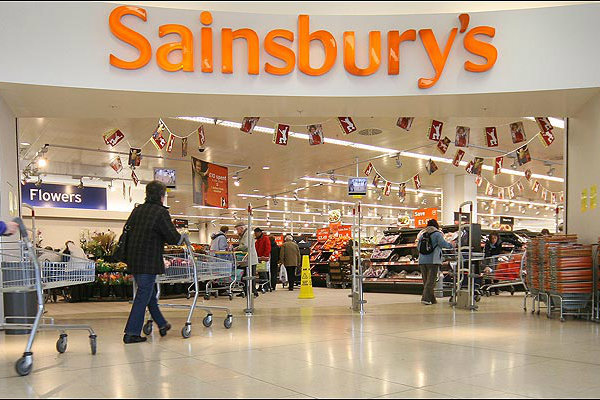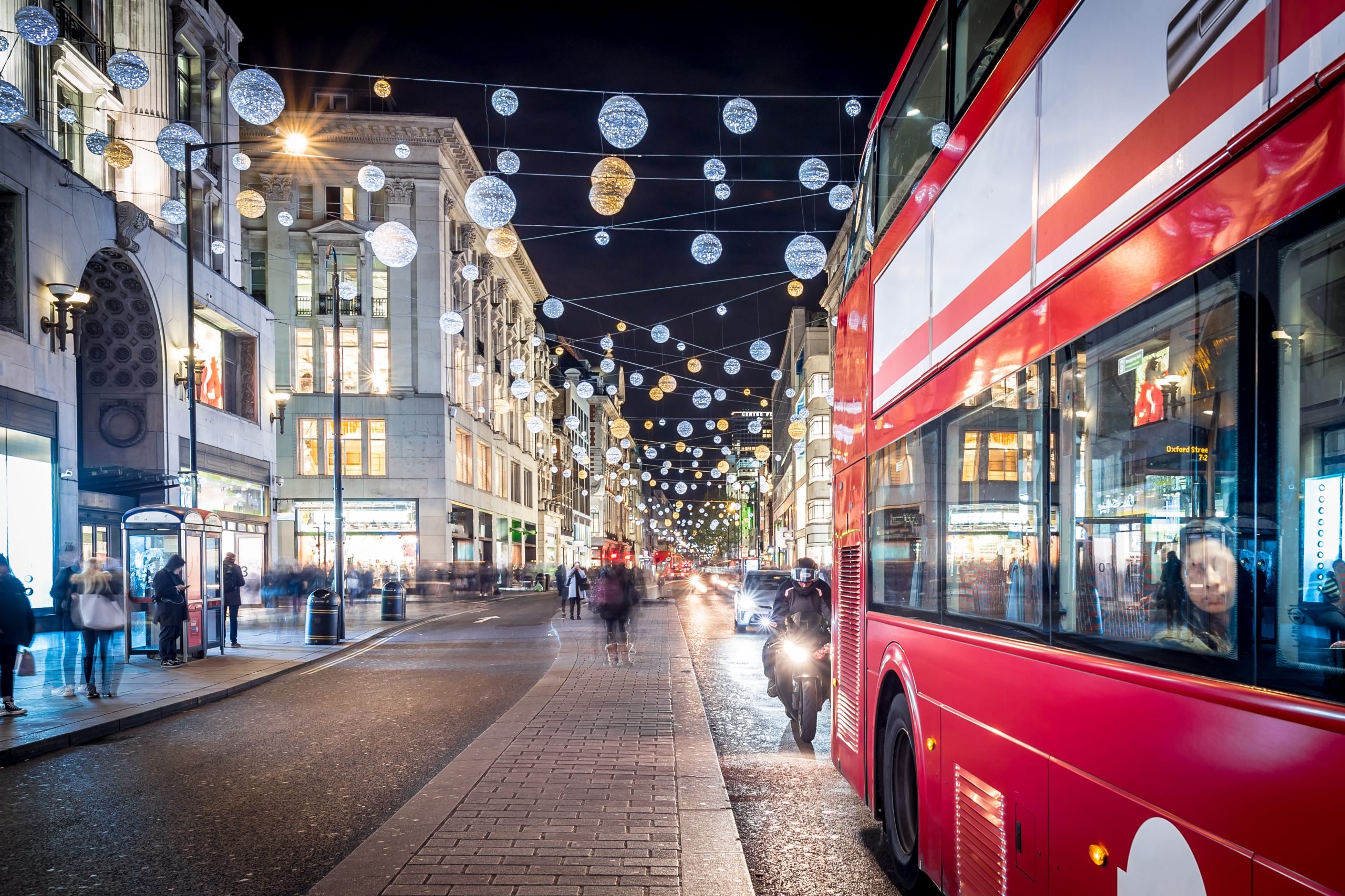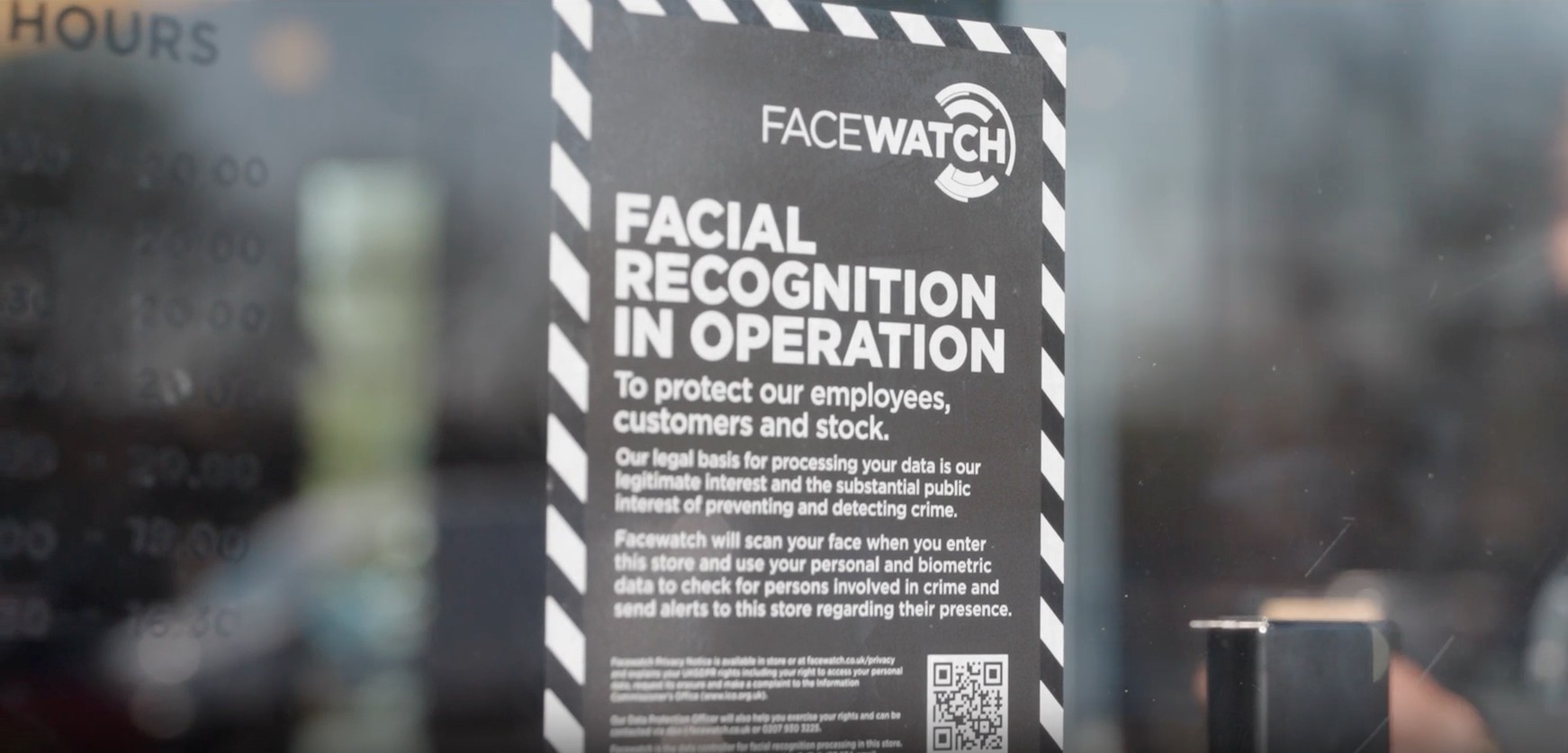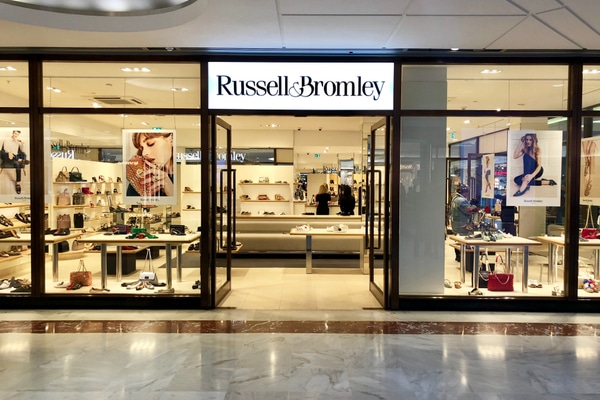Luxury retailers have an image to uphold. Premium brands‘ carefully crafted reputations coupled with their loyal customers‘ expectations mean they rarely discount outside of traditional summer and winter sales. But with fierce competition online, how can luxury brands engage consumers without damaging perceived brand value? Is it time to start playing the discount game, or can they offer incentives without vouchers or reducing prices?
Although we‘ve entered a time online and instore where consumers regularly expect money off their purchases, shopping culture hasn‘t changed much over the years. From bartering in the souks of Marrakech and Cairo to early morning crowds gathering outside shopping malls for post Christmas bargains and supermarkets rewarding loyalty card-carrying customers with money off vouchers, people like a deal.
For any retailer, attracting the attention of shoppers means offering them value in return for their purchase. And as many customers shop based on price, voucher codes are a traditional, straightforward approach.
While discounting benefits those selling price sensitive products or services – food retailers, furniture chains and electronics stores to name a few, the risks of discounting as a long-term strategy are perilous for luxury brands, as customers buy based on perceived value and not price when shopping with premium retailers. Lifetime brand value is crucial, so traditional winter and summer sales are the only time 30% or 50% off tags will be displayed.
Discounting in general should be viewed as a short-term strategy for selling old inventory or providing an incentive during slow sales periods. Changing pricing to reward loyal customers or promote brand names is not good business for luxury brands, as a strategy for being cheaper damages customer perception.
My-Wardrobe, a now defunct premium fashion retailer, is an example of discounting gone wrong. Back in 2013, it faced the wrath of competing independent fashion shops and brands for running a 25% off voucher code promotion with Grazia magazine on new season spring stock. The site was in danger of setting a precedent, with consumers holding off buying, while many designer names featured were unhappy with the devaluing effect on their full price garments.
So how can luxury brands that don‘t reduce prices outside of traditional sales offer more to their customers when they make a purchase? Rewarding loyalty keeps retention high, and there are a number of alternatives to discounting.
It‘s possible to provide customers with an engaging shopping experience using incentive-driven initiatives and loyalty rewards.
Exclusive gifts can be included with purchases, and privileged access to exclusive events and early sales viewings given to loyalty card holders. Online-only and personalised products provide added value and an air of exclusivity, while free returns and shipping also provide an incentive to buy. Typically, there should be a value exchange between the retailer and consumer for engagement to take place.
A nascent type of promotion without discounting is the Luckycycle method, which incorporates the ‘chance‘ algorithm and elements of gamification to offer online and offline retailers the opportunity to reward loyal customers differently. The idea is simple – retailers give consumers a 1 in 5 or 10 chance of winning their basket for free.
Clinique and Thea Jewelry are examples of luxury brands using gamification methods to engage their customers, providing an element of fun embedded with instant gratification.
Social media competitions, where tweeting popular hashtags or sharing retailer content to win prizes or gifts is commonplace, also attract and create buzz.
When looking at multi-channel, how far can engaging consumers during the shopping process go? Click and reserve campaigns coul

